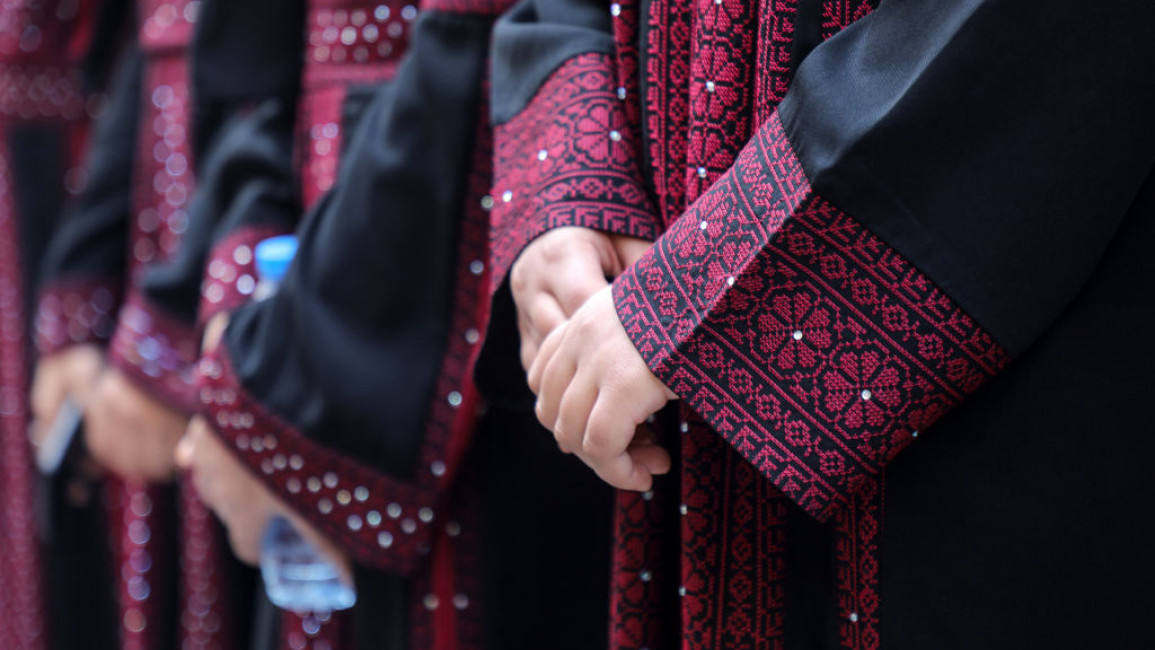UNESCO adds Palestinian embroidery to cultural heritage list
The United Nations’ cultural agency on Wednesday added the art of Palestinian embroidery, known in Arabic as tatreez, to its Representative List of the Intangible Cultural Heritage of Humanity.
UNESCO's announcement came during the 16th session of the Intergovernmental Committee for the Safeguarding of the Intangible Cultural Heritage of Humanity, which is attended annually by state representatives, cultural institutions and NGOs.
Palestinian officials welcomed the move and thanked UNESCO for the decision.
“This step is important and timely, in order to protect our Palestinian identity, heritage and narrative, in the face of the occupation’s attempts to steal what it does not own,” Palestinian Prime Minister Mohammad Shtayyeh said in a statement on Wednesday.
Tatreez - a form of cross-stitch embroidery traditionally made and worn in rural areas - dates back more than 3,000 years. Its colourful woven patterns can represent different regions of Palestine, as well as the social status of the garment’s owner.
Today, it can be seen worn in both urban and rural settings, having also become a symbol of Palestinian national resistance.
UNESCO launched its Representative List in 2008, with the aim of ensuring “greater visibility” and “awareness” of nominated elements. Other cultural elements that have made the list include South Korean Kimchi, Chinese Shadow Puppetry and French Gastronomic Meals.



